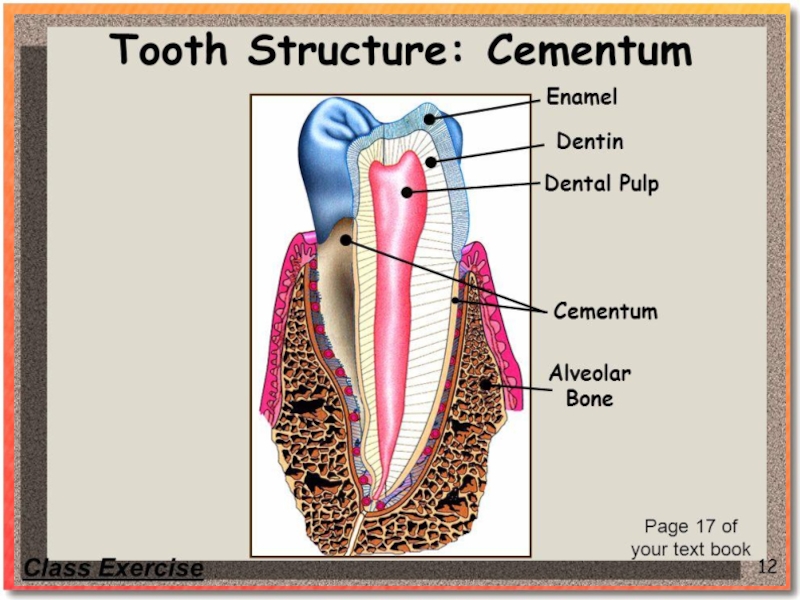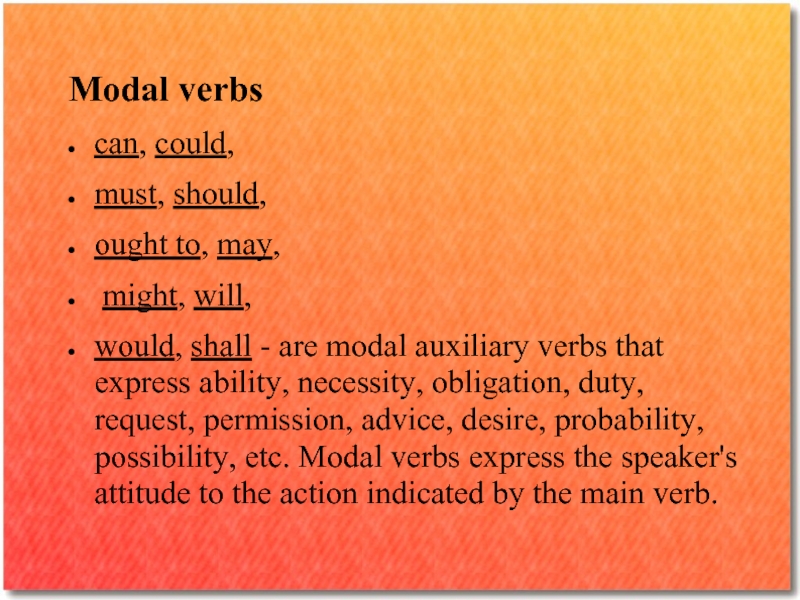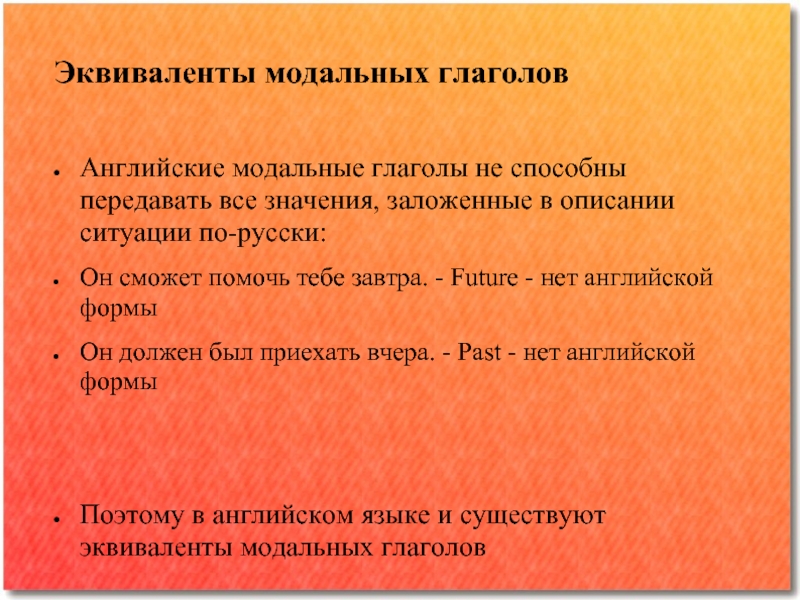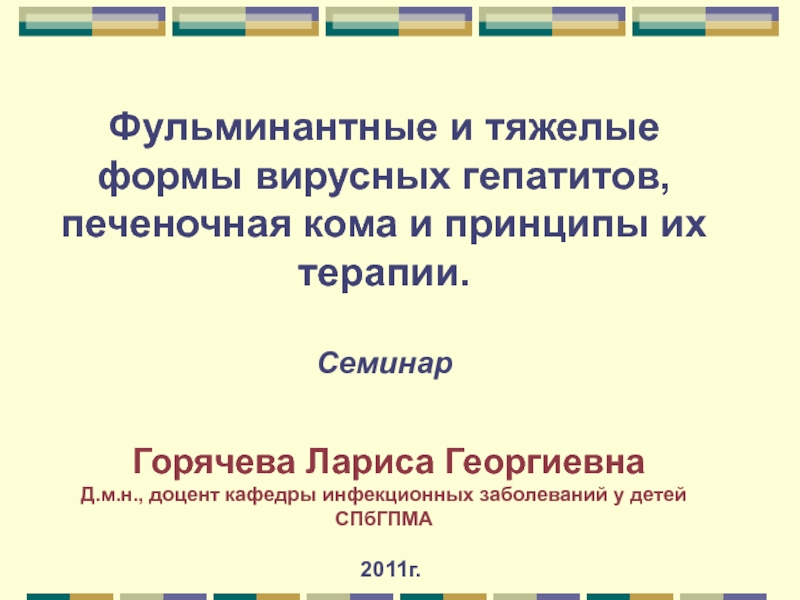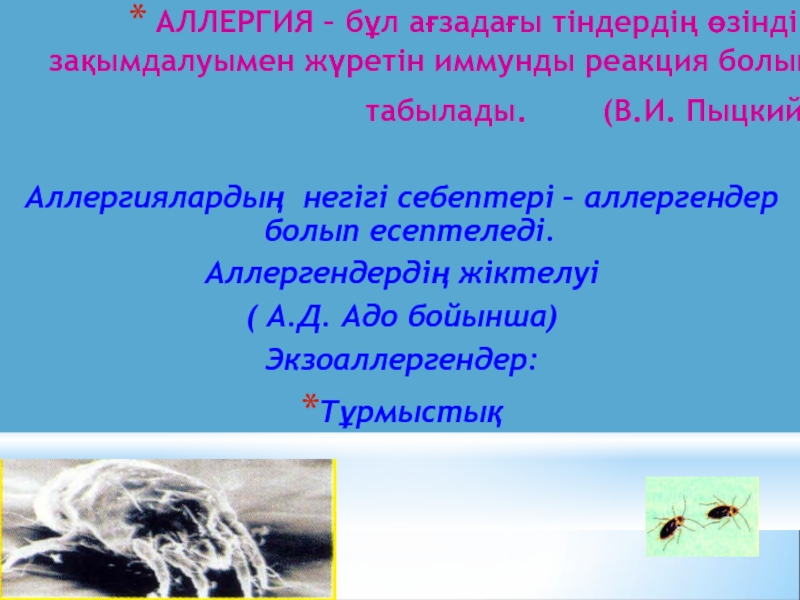The Tooth structure.
Систематизация грамматического материала: модальные глаголы и их эквиваленты.
Prepared: Rsaeva Z.K.
gr 2-007 stom
Checked: Dashkina T.G
- Главная
- Разное
- Дизайн
- Бизнес и предпринимательство
- Аналитика
- Образование
- Развлечения
- Красота и здоровье
- Финансы
- Государство
- Путешествия
- Спорт
- Недвижимость
- Армия
- Графика
- Культурология
- Еда и кулинария
- Лингвистика
- Английский язык
- Астрономия
- Алгебра
- Биология
- География
- Детские презентации
- Информатика
- История
- Литература
- Маркетинг
- Математика
- Медицина
- Менеджмент
- Музыка
- МХК
- Немецкий язык
- ОБЖ
- Обществознание
- Окружающий мир
- Педагогика
- Русский язык
- Технология
- Физика
- Философия
- Химия
- Шаблоны, картинки для презентаций
- Экология
- Экономика
- Юриспруденция
The Tooth structure презентация
Содержание
- 1. The Tooth structure
- 2. The tooth consists of: --crown is
- 3. Enamel is the hardest and most highly
- 4. Dentin is the substance between enamel or
- 5. Cementum is a specialized bone like substance
- 7. The dental pulp is the central part
- 9. Систематизация грамматического материала: модальные глаголы и
- 10. Modal verbs can, could, must,
- 11. Modal verbs do not have the future
- 12. Modal verbs take the infinitive without the
- 14. Эквиваленты модальных глаголов Английские модальные глаголы
- 15. В составе всех без исключения эквивалентов используются
- 18. Thank you for attention!
Слайд 2The tooth consists of:
--crown is the visible part of the
tooth, above the gums;
--root is the part of the tooth under the gums and inside the alveolar bone that keeps the tooth in place;
--gum margin is the area between the tooth crown and the root.
--root is the part of the tooth under the gums and inside the alveolar bone that keeps the tooth in place;
--gum margin is the area between the tooth crown and the root.
Слайд 3Enamel is the hardest and most highly mineralized substance of the
body. 96% of enamel consists of mineral, with water and organic material comprising the rest. The normal color of enamel varies from light yellow to grayish white. At the edges of teeth, the color sometimes has a slightly blue tone. Since enamel is semitranslucent, the color of dentin and any restorative dental material underneath the enamel strongly affects the appearance of a tooth. Enamel varies in thickness over the surface of the tooth and is often thickest at the cusp, up to 2.5mm, and thinnest at its border. Enamel's primary mineral is hydroxylapatite, which is a crystalline calcium phosphate.
Слайд 4Dentin is the substance between enamel or cementum and the pulp
chamber. It is secreted by the odontoblasts of the dental pulp. The formation of dentin is known as dentinogenesis. The porous, yellow-hued material is made up of
70% inorganic materials,
20% organic materials
10% water by weight.
Because it is softer than enamel, but dentin still acts as a protective layer and supports the crown of the tooth.
Dentin is a mineralized connective tissue with an organic matrix of collagenous proteinsopic . Dentin has microscopic channels, called dentinal tubules, which radiate outward through the dentin from the pulp cavity to the exterior cementum or enamel border.
70% inorganic materials,
20% organic materials
10% water by weight.
Because it is softer than enamel, but dentin still acts as a protective layer and supports the crown of the tooth.
Dentin is a mineralized connective tissue with an organic matrix of collagenous proteinsopic . Dentin has microscopic channels, called dentinal tubules, which radiate outward through the dentin from the pulp cavity to the exterior cementum or enamel border.
Слайд 5Cementum is a specialized bone like substance covering the root of
a tooth. It is approximately
45% inorganic material (mainly hydroxyapatite),
33% organic material (mainly collagen)
22% water.
Cementum is excreted by cementoblasts within the root of the tooth and is thickest at the root apex. Its coloration is yellowish. The principal role of cementum is to serve as a medium by which the periodontal ligaments can attach to the tooth for stability. At the cementoenamel junction, the cementum is acellular due to its lack of cellular components, and this acellular type covers at least ⅔ of the root. The more permeable form of cementum, cellular cementum, covers about ⅓ of the root apex.
45% inorganic material (mainly hydroxyapatite),
33% organic material (mainly collagen)
22% water.
Cementum is excreted by cementoblasts within the root of the tooth and is thickest at the root apex. Its coloration is yellowish. The principal role of cementum is to serve as a medium by which the periodontal ligaments can attach to the tooth for stability. At the cementoenamel junction, the cementum is acellular due to its lack of cellular components, and this acellular type covers at least ⅔ of the root. The more permeable form of cementum, cellular cementum, covers about ⅓ of the root apex.
Слайд 7The dental pulp is the central part of the tooth filled
with soft connective tissue. This tissue contains blood vessels and nerves that enter the tooth from a hole at the apex of the root. Along the border between the dentin and the pulp are odontoblasts, which initiate the formation of dentin.
Cells in the pulp include :
--fibroblasts,
--preodontoblasts,
--macrophages
--T- lymphocytes.
The pulp is commonly called "the nerve" of the tooth.
Cells in the pulp include :
--fibroblasts,
--preodontoblasts,
--macrophages
--T- lymphocytes.
The pulp is commonly called "the nerve" of the tooth.
Слайд 10Modal verbs
can, could,
must, should,
ought to, may,
might, will,
would, shall - are modal auxiliary verbs that express ability, necessity, obligation, duty, request, permission, advice, desire, probability, possibility, etc. Modal verbs express the speaker's attitude to the action indicated by the main verb.
Слайд 11Modal verbs do not have the future tense form. The future
is expressed by the present tense forms with the help of the context and adverbs of time referring to the future. (With the exception of the modal verbs WILL, WOULD, of course, which express the future.)
Can I go there tomorrow? – Yes, you can.
Могу я пойти туда завтра? – Да, можете.
Can they go there now? – No, they can't.
Могут они пойти туда сейчас? – Нет, не могут.
Can I go there tomorrow? – Yes, you can.
Могу я пойти туда завтра? – Да, можете.
Can they go there now? – No, they can't.
Могут они пойти туда сейчас? – Нет, не могут.
Слайд 12Modal verbs take the infinitive without the particle "to". (The modal
verb OUGHT TO consists of two parts: "ought" and "to".) There are several infinitive forms in English.
to do – active infinitive / simple infinitive
делать – активный инфинитив / простой инфинитив
to be doing – continuous infinitive
делать – продолженный инфинитив
to have done – perfect infinitive
сделать – перфектный инфинитив
to have been doing – perfect continuous infinitive
сделать – перфектный продолженный инфинитив
to be done – passive infinitive
быть сделанным – пассивный инфинитив
to have been done – perfect passive infinitive
to do – active infinitive / simple infinitive
делать – активный инфинитив / простой инфинитив
to be doing – continuous infinitive
делать – продолженный инфинитив
to have done – perfect infinitive
сделать – перфектный инфинитив
to have been doing – perfect continuous infinitive
сделать – перфектный продолженный инфинитив
to be done – passive infinitive
быть сделанным – пассивный инфинитив
to have been done – perfect passive infinitive
Слайд 14Эквиваленты модальных глаголов
Английские модальные глаголы не способны передавать все значения, заложенные
в описании ситуации по-русски:
Он сможет помочь тебе завтра. - Future - нет английской формы
Он должен был приехать вчера. - Past - нет английской формы
Поэтому в английском языке и существуют эквиваленты модальных глаголов
Он сможет помочь тебе завтра. - Future - нет английской формы
Он должен был приехать вчера. - Past - нет английской формы
Поэтому в английском языке и существуют эквиваленты модальных глаголов
Слайд 15В составе всех без исключения эквивалентов используются глаголы to be и
to have.
В предложении они могут стоять в любом времени (Past / Present / Future) и принимать любую из известных нам форм.
Эквиваленты используются не только вместо несуществующих форм модальных глаголов, но могут также употребляться вместо самих модальных глаголов; т.е. и в тех случаях, когда для данной ситуации форма модального глагола существует.
Эквиваленты тоже требуют после себя только форму Infinitive, но уже обязательно с частицей to.
В предложении они могут стоять в любом времени (Past / Present / Future) и принимать любую из известных нам форм.
Эквиваленты используются не только вместо несуществующих форм модальных глаголов, но могут также употребляться вместо самих модальных глаголов; т.е. и в тех случаях, когда для данной ситуации форма модального глагола существует.
Эквиваленты тоже требуют после себя только форму Infinitive, но уже обязательно с частицей to.





